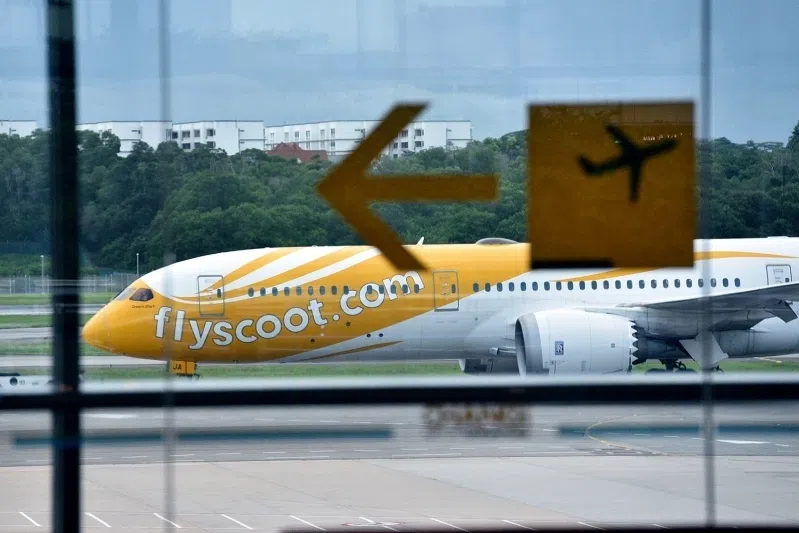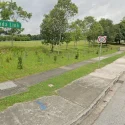SINGAPORE – The turbulence that shook a Scoot flight bound for Guangzhou from Singapore
in September 2024
, seriously injuring two, was likely due to a storm cell that did not appear on the plane’s weather radar.
Flight TR100, carrying 339 passengers and headed for Guangzhou Baiyun International Airport, was hit by turbulence during its descent at about 8.40am on Sept 6, 2024. The seat-belt sign was off at the time.
Although Super Typhoon Yagi made landfall in Guangdong – of which Guangzhou is the capital – on the same day, it was far away and did not lead to the turbulence.
These details were made public in a Transport Safety Investigation Bureau (TSIB) report dated Oct 4. The TSIB, a department in the Ministry of Transport, classified the occurrence as an accident.
The storm cell, situated behind the Boeing 787-9 Dreamliner wide-body jet, was not detected by its weather radar, which is typically positioned at the nose of an aircraft to detect weather ahead.
The storm cell was also not visible from the cockpit windows.
The accident prompted Scoot to review its guidelines for operating in areas affected by typhoons, the report revealed.
Scoot’s updated guidelines state that seat-belt signs must be on from take-off until the point in a flight where an aircraft finishes its climb and transitions to cruising at its planned altitude. The sign must also be on from the point where a flight starts descending until landing.
Scoot also issued instructions on Oct 14, 2024, requiring flight and cabin crew to remind passengers to keep their seat belts fastened while seated and to avoid moving around when the signs are on, according to the report.
A new directive also emphasises the need for flight crew to ensure passengers and cabin crew remain seated during critical phases of flight, or when navigating near areas of poor weather conditions.
From Nov 1, 2024, the airline put the International Air Transport Association’s Turbulence Aware app on tablets or laptops used by pilots. The platform provides real-time data on turbulence.
Flight TR100 was a relatively smooth flight, with only patches of light turbulence, said the report, and its two pilots did not observe any bad weather on the radar or along the flight path.
At about 8am, one of the pilots switched off the seat-belt signs so passengers could use the toilets before descent, the report said.
As the weather radar remained clear, the pilot did not turn the seat-belt sign back on even as the plane began descending.






